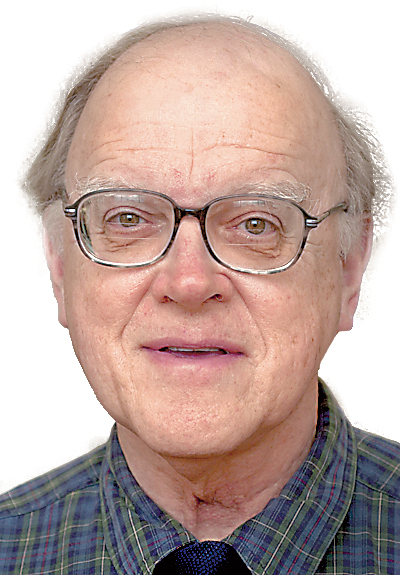Also read...
* Cleaveland: Price-gouging from greedy drug companies
Americans pay far more for prescription drugs than citizens of other advanced, industrialized nations. Recent years have witnessed sharp increases for older drugs along with staggering price tags for new agents.
Factors underlying the rising costs, along with possibilities for reform, are analyzed in an important article in the Aug. 23 issue of the Journal of the American Medical Association (http://jama.jamanetwork.com/article.aspx?articleid=2545691). Health-care professionals, legislators, policy makers and anyone concerned by prescription drug prices should read this report. Here is some information from the article:
Prescription drugs increased in price by 20 percent from 2013 to 2015. Other health-care costs rose about 11 percent during the same time period. Per capita expenditures in 2015 for drugs in the U.S. were $858 compared to $750 for Canada, $600 for Germany and almost $500 for France. The top 20 drugs in terms of sales in the U.S. cost three times the amount spent on them in the United Kingdom.
Market exclusivity is cited by the report's authors as the major factor in driving drug costs upward in the U.S. The Food and Drug Administration protects newly approved, chemically synthesized medications from competition for five to seven years. Complex "biologicals," which are extracted from or partially manufactured from living cells, are granted monopolies for 12 years. Biologicals include vaccines, anti-cancer agents and gene therapy. The U.S. Patent and Trademark Office also provides protection against competition for up to 20 years.
The manufacturer of a protected drug may extend the period of protection by making minor chemical changes to the product, thereby gaining additional years of monopoly.
Generic medications, which can be manufactured and marketed after FDA and Patent Office protections expires, should drive costs downward. But it may not occur. Backlogs of several years delay the approval of generics by the FDA. Or a generic company may be bought out by a competitor whose monopoly is expiring. The generic manufacturer also may be paid by the company holding the monopoly to delay the marketing of a drug.
When a generic alternative to a pricey drug is available, a physician can block access to it by writing "dispense as written" on a prescription for the more-costly drug. State law varies on generic substitution. A majority of states allow pharmacists to substitute generics for name-brand drugs; others permit substitution only when the patient consents.
Providers and patients are bombarded with advertisements for name-brand drugs that never mention the actual costs of the drugs being promoted.
Medicare through Part B (inpatient) and Part D (outpatient) provides prescription coverage for 40 million adults. Medicaid provides coverage for 72 million. Federal law interferes with both programs in their ability to negotiate for lower prices.
Drug manufacturers point to costly research and development to justify high prices for their products. For the 10 largest pharmaceutical companies, that percentage ranges from 7 to 21 percent of total sales. But the authors of the Journal of the American Medical Association study conclude: "Thus, there is little evidence of an association between research and development costs and drug prices; rather, prescription drugs are priced in the U.S. primarily on the basis of what the market will bear."
Manufacturers also don't mention the role played in new-drug development by government-sponsored research at the National Institutes of Health and universities, which pursue NIH-funded research in biomedicine.
Negotiations for lower drug prices for private or employment-based health plans often rest with the companies that manage these benefits. Sometimes substantial discounts may be achieved, but this is the exception.
Higher prices are passed along to insurers and patients, who face larger deductibles and co-payments when they fill their prescriptions. Higher drug costs drive Medicare premiums upward. State Medicaid programs face mounting drug costs at a time of budgetary restraint with the result that some programs must be cut to compensate for high drug costs.
Against this bleak landscape of runaway prices, what can patients and caregivers do?
Next week: Tactics for reining in drug prices.
Contact Clif Cleaveland at ccleaveland@timesfreepress.com.

